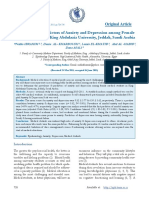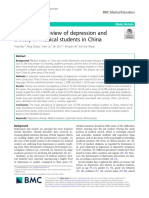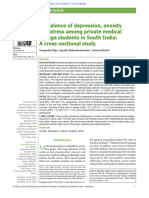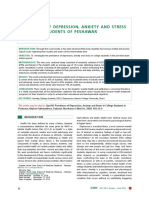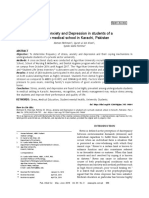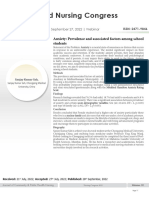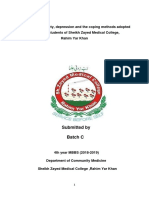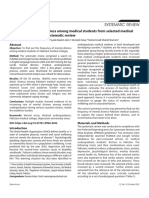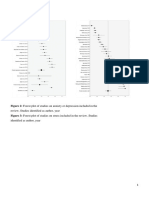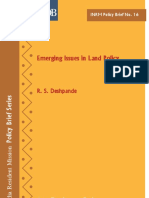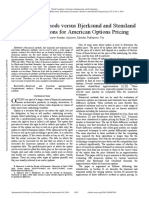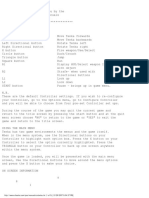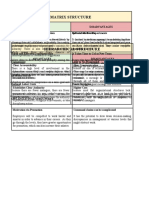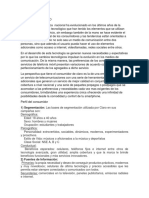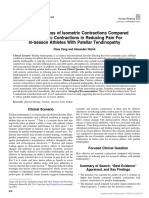0% found this document useful (0 votes)
39 views11 pagesCompiled Manuscript
This study explores the prevalence of depression and anxiety among medical students in Pakistan, revealing that 24.1% experienced severe anxiety and 6.5% had moderately severe depression. The findings indicate significant gender differences, with males showing higher rates of moderately severe depression, while females reported more mild depression. The results highlight the urgent need for targeted mental health interventions for medical students, especially those in their early years of study.
Uploaded by
Ahmad WazirCopyright
© © All Rights Reserved
We take content rights seriously. If you suspect this is your content, claim it here.
Available Formats
Download as DOCX, PDF, TXT or read online on Scribd
0% found this document useful (0 votes)
39 views11 pagesCompiled Manuscript
This study explores the prevalence of depression and anxiety among medical students in Pakistan, revealing that 24.1% experienced severe anxiety and 6.5% had moderately severe depression. The findings indicate significant gender differences, with males showing higher rates of moderately severe depression, while females reported more mild depression. The results highlight the urgent need for targeted mental health interventions for medical students, especially those in their early years of study.
Uploaded by
Ahmad WazirCopyright
© © All Rights Reserved
We take content rights seriously. If you suspect this is your content, claim it here.
Available Formats
Download as DOCX, PDF, TXT or read online on Scribd
/ 11





